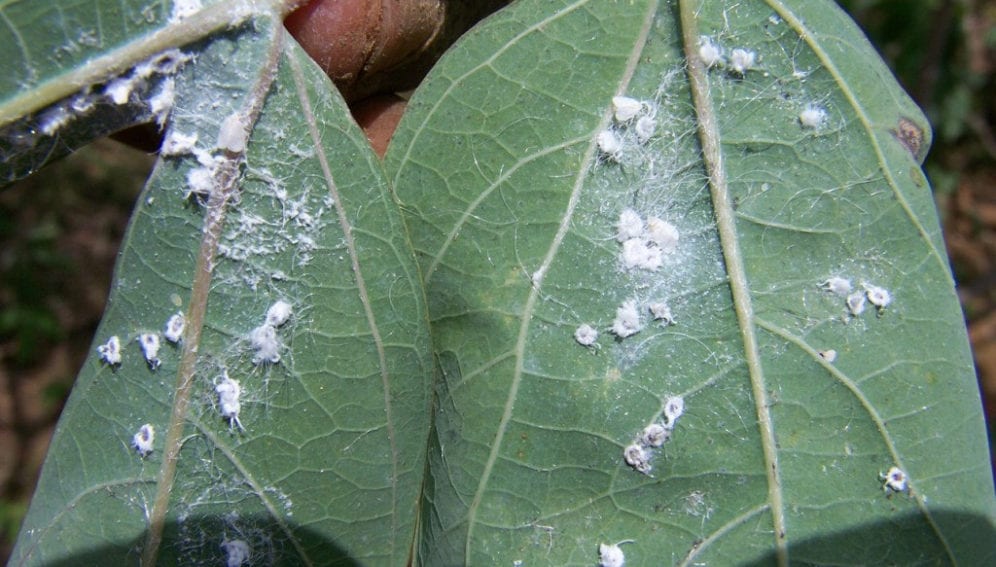30/04/18
Whitefly pest poses threat to Pakistan’s food security

By: Saleem Shaikh
Send to a friend
The details you provide on this page will not be used to send unsolicited email, and will not be sold to a 3rd party. See privacy policy.
[ISLAMABAD] The spread of the silver leaf whitefly, Bemisia tabaci, to Pakistan’s non-cotton farming areas poses a serious threat to agricultural productivity and food security, say the authors of a new study on the farm pest.
Published online (10 April) in Acta Tropica, the study, conducted by researchers from China and Pakistan, involved large-scale sampling across the country to determine the spread of whitefly species to the crops it infests. The researchers applied mitochondrial cytochrome oxidase I (mtCOI) gene sequencing to genetically determine the species.
“Agricultural science community is deeply concerned over findings of the new study — the country’s food security challenges have further intensified”
Ehsan-ul-Haq, principal scientific officer and entomologist, NARC
“Startlingly, we found the presence of five different cryptic species in all agro-ecological zones of the country. These include Asia II-1, Asia II-5, Asia II-7, Asia II-8 and MEAM-1,” says Zujian Wu, study author and dean at the College of Plant Protection, Fujian Agriculture and Forestry University, Fuzhou, China.
Wu tells SciDev.Net that of all the five species, Asia II-1, previously reported from a few areas, was found to have spread across the country, accounting for 88.7 per cent of sequenced samples.
Based on the mtCOI sequences and genetic distance analyses, the diversity of Asia II-1 was found to be much greater than all other cryptic species, he adds.
The authors say that the whitefly is the most disastrous of pests that attack economically important plants. Besides damaging host plants through phloem feeding or secreting honeydew, it promotes the growth of fungal pathogens and whitefly transmitted geminiviruses (WTGs) that cause massive crop losses.
WTGs are notorious for damaging important crops including vegetables, cereals, fruits and ornamentals in the tropics and subtropics of South Asia, central, north and south America, and the West Indies, Wu says.
Entomologists at Pakistan’s National Agriculture Research Council (NARC) tell SciDev.Net that nationwide pervasiveness of the whitefly means that food and cereal crop output is now at great risk.
“Agricultural science community is deeply concerned over findings of the new study — the country’s food security challenges have further intensified,” says Ehsan-ul-Haq, principal scientific officer and entomologist at NARC’s Integrated Pest Management facility in Islamabad.
Presently, the pest has found 60 host plants and transmitted WTGs to around 23 vegetable, cereal and ornamental crops. Haq blames increased humidity and inefficient pesticide application by farmers for the spread of the whitefly.
Abdul Rehman, deputy director of programmes at CABI Pakistan (CABI is the parent organisation of SciDev.Net), says the whitefly has rapidly developed resistance to chemical pesticides so that “no single treatment method works against this pest”.Rehman recommends integrated pest management involving biopesticides and parasite predators of the whitefly, as well as removal of weed species that harbour the pest for lasting control.
This piece was produced by SciDev.Net’s Asia & Pacific desk.













